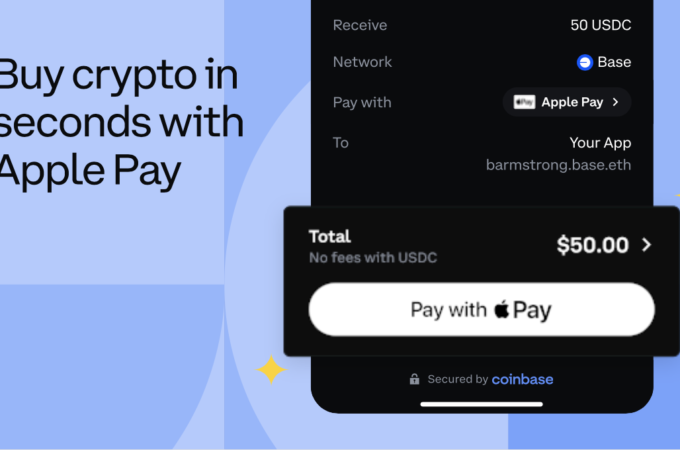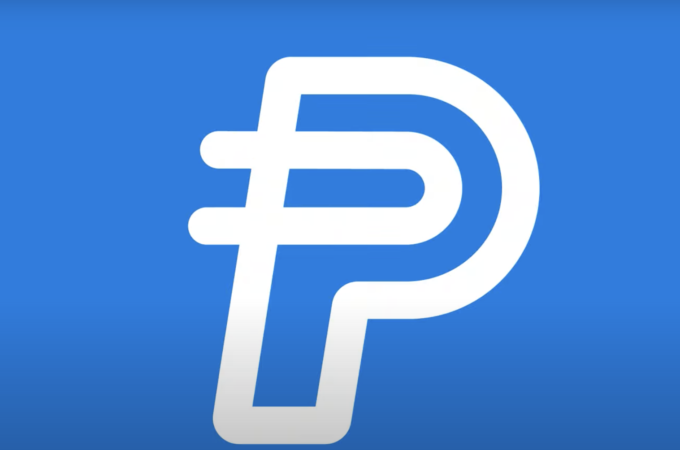
Tech Innovation in the Remittance Industry
By Hugo Cuevas for LTP
There is no consensus on the level of tech innovation in the international or cross-border money transfer and payments industry. FinTech startups think that there is none. They think that the industry is so complex, full of intermediaries, with huge margins, settlement problems, etc., that it is ready for disruption. Not totally true because the industry does need tech innovation and there is so much room for technology that we all agree that it must be encouraged, developed and invested on. This article will show you where tech innovation is happening – the baby steps.
To encourage all these efforts is the reason why we are organizing the RemTECH Awards: to bring remittance innovation forward. To highlight the companies, the people are conceiving and putting in motion technologically based ideas that are or will produce changes at any level in the complex and multifaceted remittance industry.
The RemTECH Awards will be hosted the first year by the International Fund for Agricultural Development (IFAD), the World Bank and the United Nations Department for Economic and Social Affairs (UN-DESA) in New York City on June 15 at the United Nations HQ as part of the GFRID2017 (Global Forum on Remittances, Investment and Development 2017). The nominees will be presented at the IMTC USA 2017 Conference in San Francisco two days before June 13, the most important “Tech in the Remittance Industry” event. The awards won’t choose the “winners” in the many categories available; the judging panel wants to boost the tech innovations and encourage creativity and forward thinking.
I want to draw attention to the sectors of the industry where tech innovation seems to be developing at the fastest rate. This list – and the few examples that I mention – are not exhaustive or in any particular order and are basically the product of the discussions in the panels and roundtables that we had in our IMTC EMEA conference in Madrid in early April and the MTBIT Innovation Forum.
1. Digital-First ‘Sending’ MTOs
The digital-first companies – Xoom, WorldRemit and TransferWise, as well as mobile-first Remitly – have had over $100M investments[i] coming their way and Xoom was acquired by PayPal in 2015 for 890 million. They are definitively remittance tech innovators who have been able to draw a number of clients from the traditional agent-cash base channels as well as clients from the banking sector. WU.com, the digital arm of industry leader Western Union continues to have the largest digital remittance revenue at around $90M[ii]. In a report, WU stated that only 80% of WU.com are new clients, so only 20% would have switched[iii]. It is important to say that these companies have only “digitized” the sending side, using the same traditional channels of their brick-and-mortar competitors and even relying on paying correspondents brand awareness to attract customers. The client acquisition costs of these companies have been enormous.
2. Mobile Remittance ‘Paying’ Operators
M-PESA and many other mobile money operators in Africa – as well the Philippines, other places in Asia and new entrants in Latin America – have been working to create the necessary domestic ecosystems to entice customers to receive remittances on their phones and be able to use the funds digitally or use agents to cash-out. The use of technology to improve the delivery of remittances to the rural sector[iv] is one concern that multilateral agencies like IFAD are encouraging. Regulation has been also a difficult barrier to overcome with governments protecting their banks from the mobile disruption.
3. Forex & Settlement
After many years of consolidation and a shrinking of the Forex sector in the world due to regulation, compliance, the euro and other factors, technology has brought this sector back. Existentially linked to the international money transfer industry, international payment specialists are now offering P2P, B2P, B2B and P2B with great exchange rates, online services with easy and clever web presentations as well as offering settlement services to remittance operators in certain corridors where currency offerings can be advantageous for MTOs. They are also a solution to “derisking”[v]in some corridors.
4. Payment Processors & Aggregators
A number of tech innovations have made it easier for payment aggregators and processors to offer their services to both traditional MTOs and digital-first Companies, simplifying operations, lowering costs or vastly expanding distribution networks. Some offer merchant services, some offer automated bank deposits, connection to ATM networks (and retail networks too).
5. RegTech: AML – CTF
No company in the industry can do an effective job in following regulatory reporting guidelines without technology and the same can be said for AML and CTF controls and the careful management of a good risk base approach to managing corridors, agents and clients. Much can still be done in this area and compliance professionals have to get better in demanding technology tools from their CEOs and their Boards. Human resources compliance costs are sky-rocketing and the only way to lower cost and increase efficiency (and satisfy auditors & regulators) is through tech innovation. Outsourcing to RegTech has been mentioned for a while now.
6. KYC – IDTech – Fraud Control
We all agree that we need to get better at handling customers, especially in the sending countries since the paying side has always been better at this since no FI in the world can surely pay a remittance without being sure of who is collecting, no matter the channel. Digital-first companies and traditional sending companies moving to digital have learned that fraud control is quite a major issue to be solved and keep fraud at a minimum. Clever methods are in use, mostly developed in-house by the major players but I expect FinTechs offering solutions in this important area soon.
7. Digital Agents
Very few companies in the industry are ready to effectively manage the rising need of digital agents. Some FinTechs, retail channels, traditional agent chains are learning that if they have a clientele or a niche group that they can develop and offer them a digital money transfer solution under the license of an MTO, they could move into this space rapidly. The client acquisition costs of these digital agents could be significantly lower that what digital-first companies are experiencing. This is still in the early stages but it might explode soon. In the US, the Waleteros FinTech Pre-Pay Card Program is launching money transfer services as a digital agent and in the UK, the advertisement of money.asda.com[vi]an agent of Ria Money Transfer, has begun and this project merits a closer look.
8. FinTech Disruptors
There are many FinTech Disruptors moving into the industry and most of them come from the bitcoin remittance sector and a few are offering blockchain-based services; some of them are very innovative with clever ideas that are too early to judge regarding how they will perform and compete. Luis Buenaventura, from FinTech Bloom in the Philippines and part of the judging panel of the RemTECH awards just published a book entitled “Reinventing Remittances with bitcoin”. A great thing about Luis is that he is part of a breed of bitcoin remittance pioneers that has had a reality-check and has learnt-by-doing understanding the pros and cons and the shifting opportunities that certain corridors present. We are doing a great effort to help create this remittance bitcoin global network that is growing at a steady pace.
9. Customer Service/Information
Having tried most digital-first companies in the market, I could say that Xoom is one of the best in customer service and information, from the moment the remittance enters the system to the moment the beneficiary collects with texts that are clear and in real time. Although it is still in the early stages in the traditional sectors, MTOs are looking at ways to improve client information when agents take the orders from clients or an agent on the other side of the world pays out. I am sure we will see many tech solutions coming to market soon.
10. Price Comparison Tools
The use of technology to give clients the ability to compare prices, from fees to forex spreads and their company pricing strategies, is an invaluable tool. The comparison tools are getting better by the minute and I do hope that clients learn more about these tools to help them make decisions based on corridors, channels and amounts sent. Reviews are also being collected. The possibility that once these services collect good amounts of data these FinTechs can offer information services to businesses to help them position themselves and pinpoint weaknesses. Monito in Europe and SaveonSend in the US are leading the pack.
11. Complimentary Services
Tech companies offering complimentary services to the industry are not new. Top-Ups[vii], a very clever tech innovation in the mobile sector discovered that MTOs where the best “selling agents” for this product and soon integrations, both with the digital-first sector and the traditional sector, where developed and a US $2 billion in revenue market exists today. FinTechs offering bill payment services have also appeared; in the US, one of them, Blue Kite was purchased by Xoom in 2014 for $15 million in cash and equity and another one, Regalii has been actively engaging MTOs. It takes an increase in the provision of digital bill payment systems in the developing world for these FinTechs to broaden their offerings. FinTech lending companies are also working together with MTOs to offer their remittance clients, loan solutions. I expect many other products and services in the near future. Could e-commerce solutions become a new integrated service to the industry?
12. Traditional going digital
I can’t finish without mentioning the traditional companies that are bullish about their digital channels which are growing faster than their agent-cash-based channels. I have been repeating over and over to companies I consult for or that come to IMTC, that the time is now to move into digital if you are in a sizable sending market. Most of them that have open their digital channel (some with their own brand, some with a new brand as to not “compete” with agent pricing, seem to agree that even if they do see a migration of clients from one channel to the other, there is a good number of them that are “new.” Are they “new” to the industry? Are they coming from banking channels?
I am sure I am missing some categories and some good examples and I hope to receive information, comments and opinions from the tech enthusiasts in the industry and in the overall FinTech world.
[i] WorldRemit: $150M in 7 rounds, 3 investors: https://www.crunchbase.com/organization/worldremit#/entity and TransferWise: $120Min 6 Rounds from 13 investors while Remitly: $100M in 8 Rounds from 18 Investors
[ii] Check this article: https://www.saveonsend.com/blog/western-union-money-transfer/#more-80 and the great blogs by Yakov Hofner atSaveonSend.com.
[iii] In our panel discussions in Madrid most of the industry executives present believed these numbers, but I disagree since I do believe it is entirely possible.
[v] Derisking is the practice of financial exclusion performed initially by large commercial banks on NBFIs (Non-Bank Financial Institutions) due to reputation and Risk avoidance issues (and competition issues in some countries). Large Commercial Banks are also pressuring corresponding banks to close the local accounts of these NBFIs or loose their correspondence accounts with them.
[vi] ASDA is the third largest UK supermarket chain and wholly owned by Wallmart. Ria is wholly owned by Euronet. Walmart is a domestic market agent of RIA in the US, the international portion works with MoneyGram.
[vii] Also called Air Time





